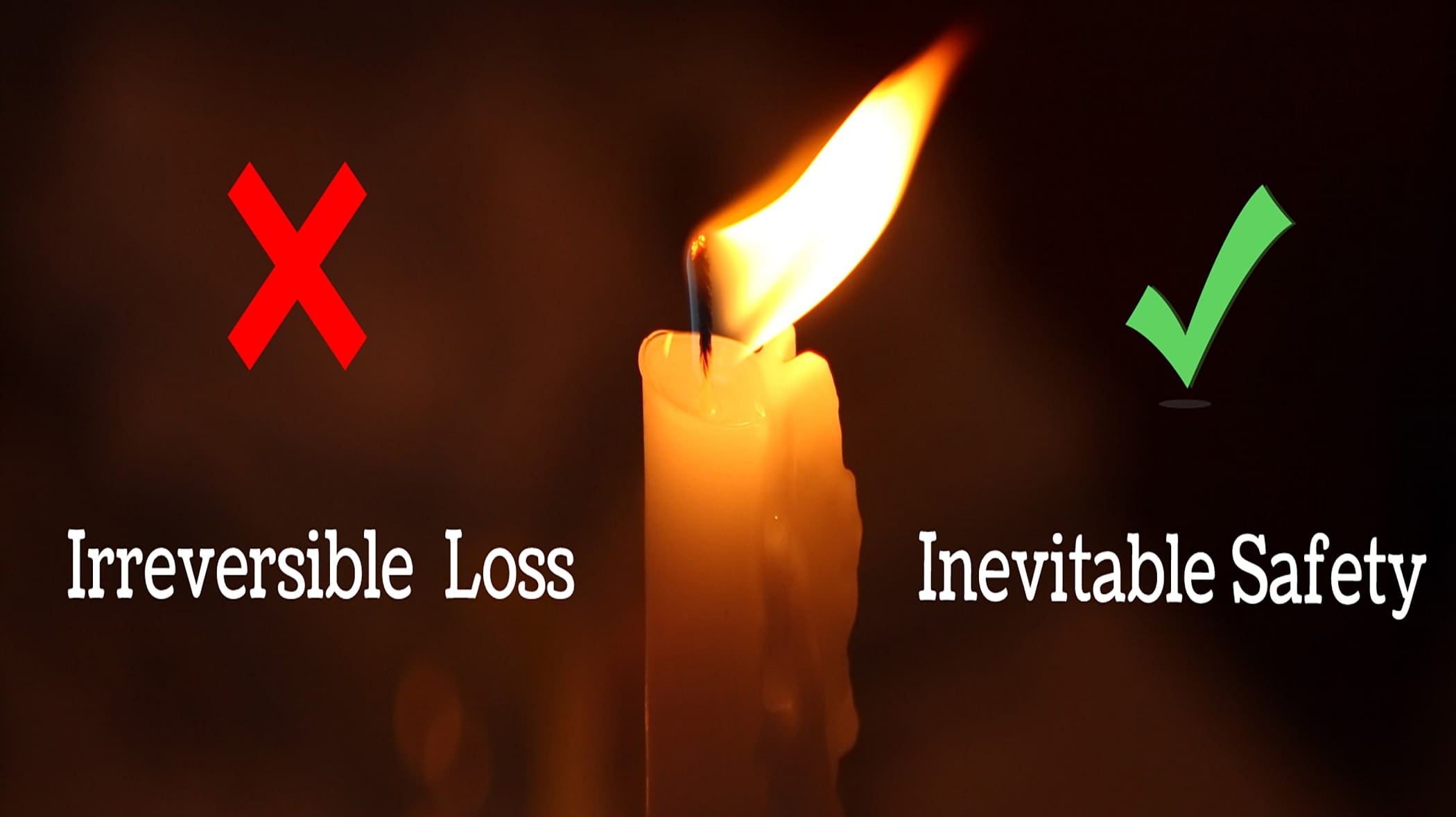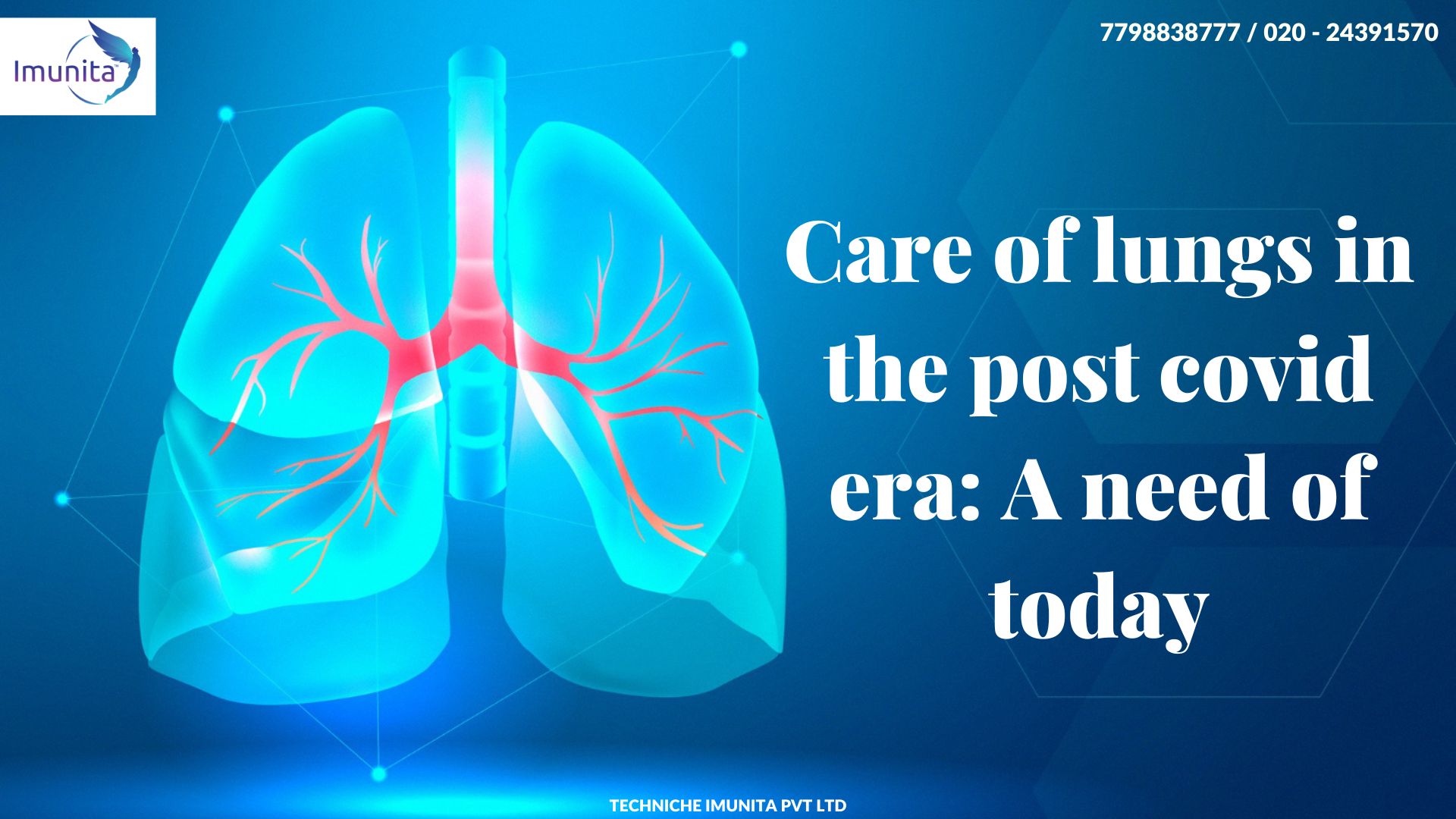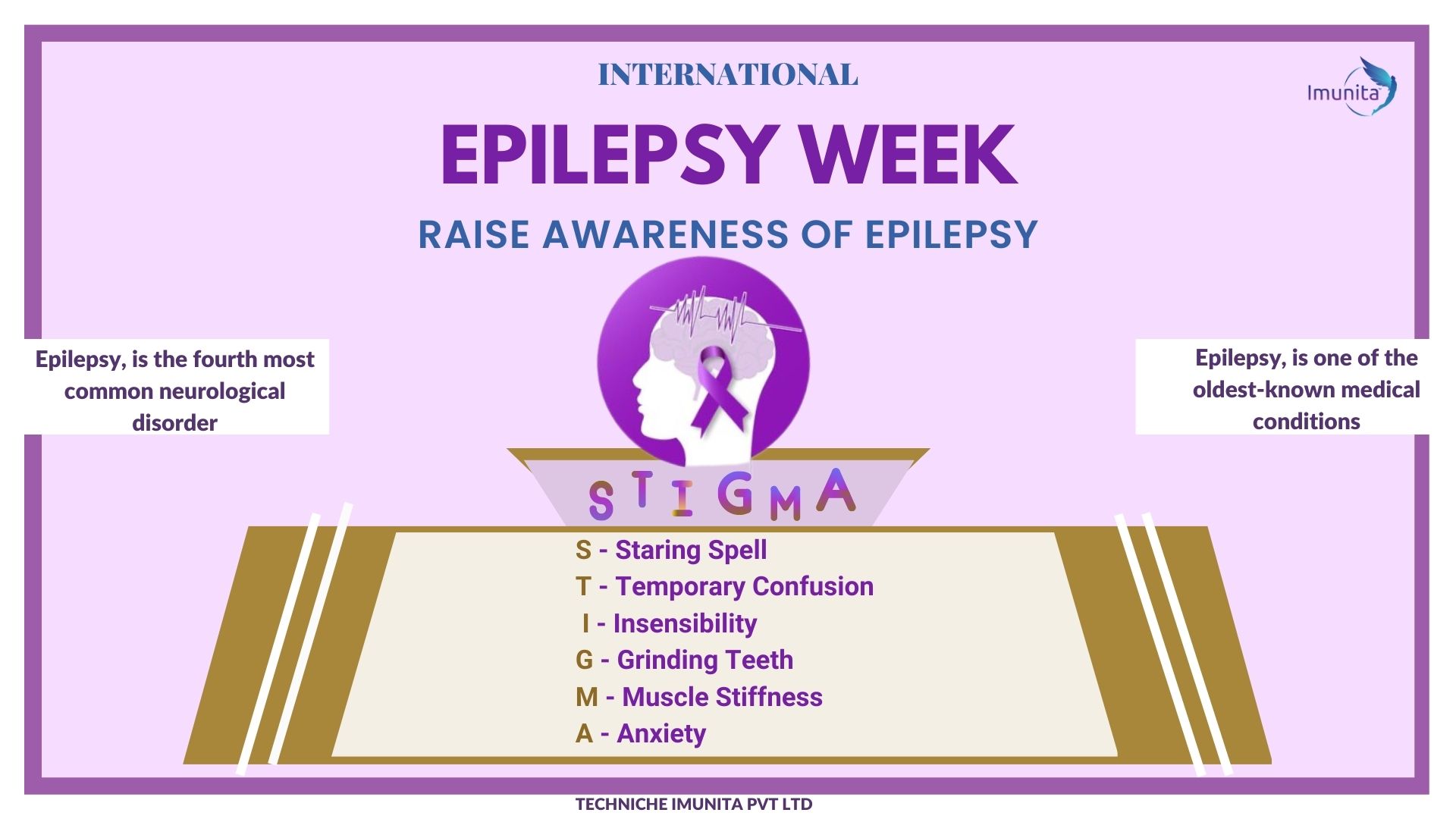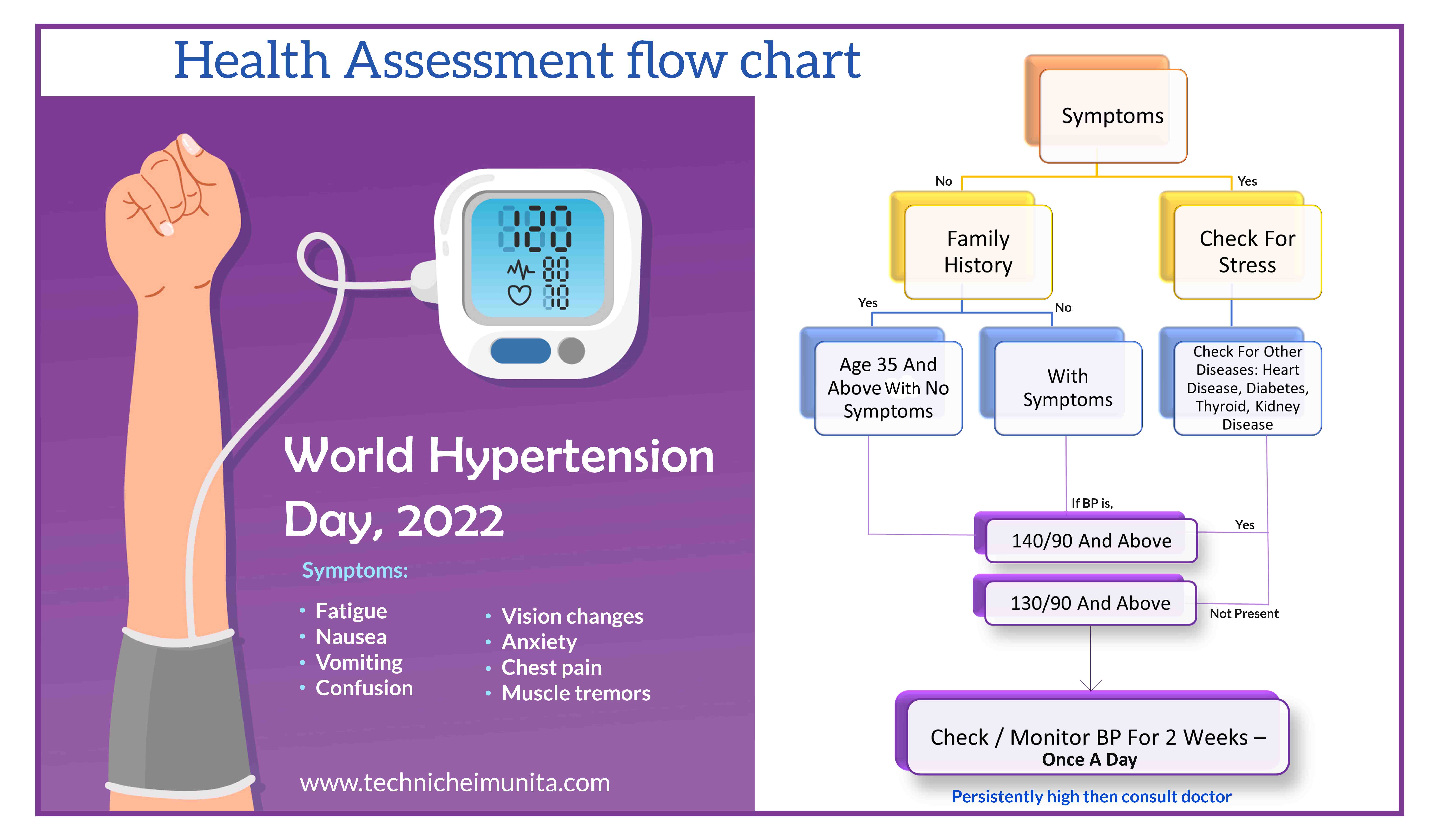Recent fire incident at the Bhandara General Hospital in the NICU ward has raised questions over the safety measures at hospitals. Safety of hospital complexes is the most overlooked area in government hospitals. The approach of bureaucrats, caregivers and the patients in general is apathetic. Also, the substantial blame does lie with the agencies/ institutions/ bodies/ committees which are supposed to monitor safety measures in government hospitals, but one cannot deny the responsibility of us as citizens to demand standard practices. It is the need of hour to question the system in the righteous manner and demand the implementation of standard practices.
The design considerations while building the hospitals must follow the National Building Code of India, which defines that construction, occupancy and protection features which are necessary to avoid danger to life and property from fire. The fire exits must be provided which are required to end on the ground floor and a separate refuge area needs to be allocated. The guidelines for fire signages with respect to visibility, languages and specific content must be followed. In order to prevent fire incidents, the fire doors should have proper fire rating, must open outside and preferably have panic bars. The staircases are suggested, along with a dedicated fire corridor for safe evacuation. The HVAC system and dampers require regular preventive maintenance schedule and auditing. Specialized sections in the hospital such as kitchen, MRI, electrical room and data center area require due attention as the chances of fire are more in such areas. ICU’s, NICU’s, recovery rooms and operation theatres are the crucial areas as such rooms have patients that are dependable on care givers for evacuation. Also, fire safety guidelines state the necessity to conduct mock drills to ensure the condition of the safeguards and train the staff to manage fire incidents.
The hospitals are required to form a multidisciplinary safety committee with a full-time fire safety officer at place. The manual for safety must consist of fire prevention and control strategies, SOP’s, evacuation strategies, roles and responsibilities. Documenting the procedures in the manual is not the only required step but training the staff for preventing the mishap and managing the aftermath is the key for successful implementation. The necessity of conducting fire safety audits periodically is highlighted after this tragic incident. It is noted that the hospital authorities have neglected the safety issues and failed to conduct the audit which was requested by internal staff. The probing and reports will feature the outcome but the cost of precious lives that we bear is irreversible.
Healthcare institutions in India whether it is government or private both fail to adhere to the safety standards. In the race to offer world class treatment, the private players are focusing more on ambience and the luxurious treatment overlooking the safety aspects. The fire incident at AMRI hospital Kolkatta (2011) was one such eye opener wherein the notion that private hospitals cater to the safety standards was busted. In order to implement uniform safety standards, the accreditation system is in place. But many a times accreditation is viewed as a burden by the hospital management. The need for accreditation is driven by the insurance sector rather than willingness to adopt safer and better practices to avoid disastrous incidents.
The government hospitals have a larger part to play in this journey to make hospitals a secure place. The standard policies and practices set by the various expert government committees must be strictly implemented at the government hospitals. This can help set a benchmark for the hospitals which can be adopted by the private hospitals. The safety index must be set such that with the preventive strategies in place the chances for incidents to occur will be meagre. Even if the incidents occur it can be successfully managed without loss of life and property. Therefore, prevention is the first step, but when fires occur, coordinated team efforts with competent management can avoid catastrophic event.



























